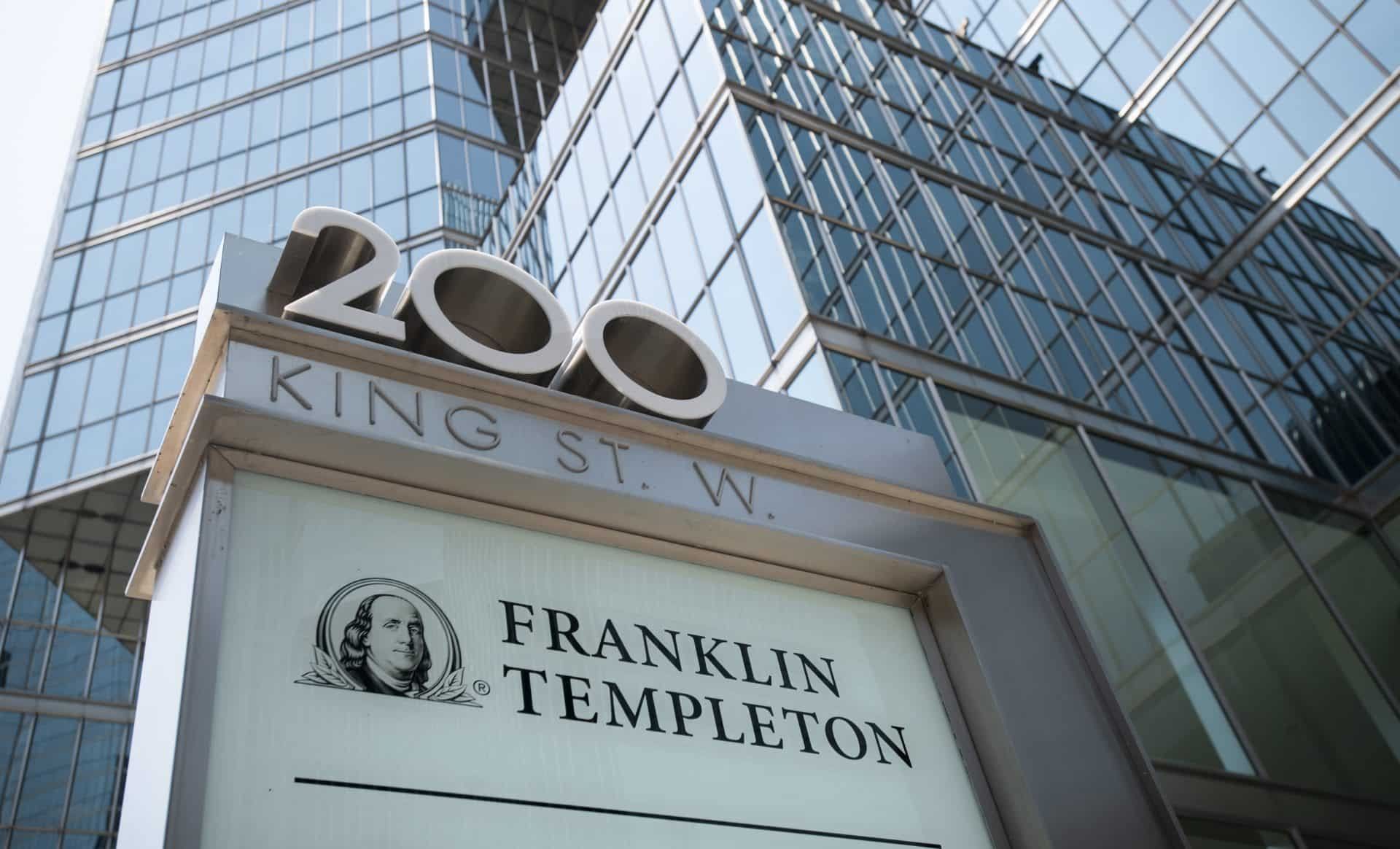How Britain’s pension scheme hedge became a trillion pound gamble
By Tommy Wilkes and Carolyn Cohn LONDON (Reuters) -It started out simply enough: British pension schemes were looking for a way to match their assets to future pension payments. Schemes…

By Tommy Wilkes and Carolyn Cohn
LONDON (Reuters) -It started out simply enough: British pension schemes were looking for a way to match their assets to future pension payments.
Schemes run for pharmacy Boots and bookseller WHSmith were early adopters in the 2000s of an investment strategy of dumping stocks for bonds, to shield themselves from interest rate changes.
But fifteen years later, the strategy now adopted by nearly two-thirds of pension schemes has ended up revolving around financial derivatives rather than just bonds – injecting a growing amount of risk to schemes that is only now becoming apparent as interest rates surge.
In the so-called LDI or liability-driven investment strategy that became popular, pension schemes would use derivatives – contracts that derive their value from one or more assets – to protect themselves from potential swings in interest rates. With a small amount of capital they could gain large exposures.
There is a catch: if the derivative becomes loss-making for the pension fund because of a change in underlying asset prices, for example, it can be called up for more money, sometimes at short notice.
None of this mattered for a long time and consultants predicted in 2018 that the market would soon reach the “The Age of Peak LDI” – it was so popular that the pensions industry was running out of assets to hedge.
LDI assets quadrupled in a decade to 1.6 trillion pounds ($1.79 trillion) last year.
But the strategy gradually became riskier, according to interviews with pension scheme trustees, consultants, industry experts and asset managers. Things began to unravel as Britain’s Sept. 23 “mini-budget” sparked a jump in UK government bond yields, driving pension funds to race to raise cash to prop up their LDI hedges.
Those derivatives came close to imploding, forcing the Bank of England to pledge on Sept 28 to buy bonds to calm the panic.
The scale of the money using the LDI strategy, and ever higher borrowing through the derivatives, had amplified risks that appeared hidden during a decade of low interest rates.
When rates began rising in 2022 and warnings about risk got louder, schemes were slow to act, according to those interviewed.
“I do not like the term (LDI) and never did, it has been hijacked by consultants and has morphed into what we are seeing now,” said John Ralfe, who in 2001 led the 2.3 billion pound Boots Pension Fund’s shift into bonds. The fund didn’t load up on debt, he told Reuters.
“Pension schemes were doing disguised borrowing, it’s absolutely toxic,” Ralfe said. “There was much greater risk in the financial system than anyone – including me – would have thought.”
Boots did not respond to request for comment on Friday. WHSmith did not respond to request for comment on Thursday.
Globally, investors are worrying about other financial products predicated on low interest rates, now that rates are rising.
“The so-called LDI Crisis in the UK is just the symptom of a greater economic malaise,” said Nicolas J. Firzli, executive director of the World Pensions Council.
RISKIER BETS
In the two decades since Ralfe’s time at Boots, defined benefit pension schemes – which guarantee retirees a set amount of pension payments – have loaded up on LDI and derivatives, using them to borrow and invest in other assets.
If leverage in the LDI strategy was three times, for example, it meant the scheme only needed to spend 3.3 million pounds for 10 million pounds of interest rate protection.
Instead of buying bonds to protect against falling rates – a key determinant of a scheme’s funding position – a scheme could cover 75% of its assets, but only tie up 25% of the money, using the rest for other investments.
The remaining money could be chanelled into higher-yielding equities, private credit or infrastructure.
The strategy worked, and schemes’ funding deficits narrowed because the hedges made them less exposed to falling interest rates. Lower interest rates require pension schemes to hold more money now for future pensions payments.
This pleased companies and regulators.
Asset managers including Legal & General Investment Management, Insight Investment and BlackRock offered LDI funds in a low-margin but big volume business. The FCA, which regulates LDI providers, declined to comment.
Consultants such as Aon and Mercer pitched LDI to trustees, while The Pensions Regulator (TPR) – the government entity regulating pension funds – encouraged schemes to use liability matching to narrow deficits.
Nearly two-thirds of Britain’s defined benefit pension schemes use LDI funds, according to TPR.
The strategy worked as long as government bond yields stayed below pre-agreed limits embedded in the derivatives.
“LDI had been thought of (among clients) as a fire and forget strategy,” said Nigel Sillis, a portfolio manager at Cardano, which offers LDI strategies.
The industry had been “a little complacent” about the knowledge among pension trustees, he added.
The risk grew over time. A senior executive at an asset manager which sells LDI products said leverage rose, with some managers offering tailored products of five times leverage, versus a maximum of two or three times a decade ago.
Pension schemes had rarely been asked for extra collateral before 2022, and a risk-averse industry had become less prudent, the executive said, speaking on the condition of anonymity.
TPR says no scheme has been at risk of going insolvent — rising yields actually improve the funding position of funds — but schemes lacked access to liquidity.
Still, the regulator this week acknowledged that some funds would have suffered.
When yields surged in an unprecendented move between Sept. 23 and Sept. 28, pension schemes were left scrambling to find cash for collateral. If they did not find it in time, the LDI providers wound down their hedges, leaving schemes exposed when yields tanked following the BoE intervention.
A small minority of schemes would have seen a 10-20% worsening in their funding position, according to Nikesh Patel, head of client solutions at asset manager Kempen Capital Management.
Simon Daniel, partner at law firm Eversheds Sutherland, said pension schemes were now arranging standby facilities with their sponsoring employers to get cash for collateral.
WARNINGS
Risks in LDI had been flagged for years.
The Bank of England’s Financial Policy Committee highlighted the need to monitor risks around LDI funds’ use of leverage in 2018, BoE deputy governor Jon Cunliffe said this month.
There were more warnings this year, especially as rates began to soar.
Pensions consultants Mercer warned clients in June to “act quickly” to make sure they had cash. Aon said in July that pension funds should prepare for “urgent intervention” to protect their hedges.
TPR had “consistently alerted trustees to liquidity risk”, CEO Charles Counsell said this week.
Yet in the slow-moving world of pension funds, where trustees and consultants tend to draft investment strategy shifts over years, not weeks, few funds were reducing leverage or boosting collateral, according to consultants and trustees.
Some of the most sophisticated pension schemes were even bulking up on LDI this year, after rates started to rise.
The Universities Superannuation Scheme, Britain’s biggest pension fund, earlier this year partly linked a decision to raise exposure to LDI to the “distinct possibility of further falls in UK real interest rates”, against which it needed to protect its 90-billion-pound portfolio.
Britain’s 30-year inflation linked bond yield has tripled since late June.
In a statement this week USS defended its approach, noting it had plenty of cash to meet margin calls and that it was not a forced seller of assets. It said it was comfortable if rates rose and hedging became costlier.
That discussion had barely started elsewhere.
“When people talked about interest rates, all they obsessed about was interest rates falling,” said David Fogarty, an independent trustee at professional pension scheme trustee provider Dalriada Trustees.
“There were not many discussions about leverage either.”
(Reporting by Tommy Reggiori Wilkes and Carolyn CohnAdditional reporting by Sinead Cruise, editing by Deepa Babington)
Delegate Your Voting Power to FEED DRep in Cardano Governance.
DRep ID: drep12ukt4ctzmtf6l5rj76cddgf3dvuy0lfz7uky08jfvgr9ugaapz4 | We are driven to register as a DRep by our deep dedication to the Cardano ecosystem and our aspiration to take an active role in its development, ensuring that its progress stays true to the principles of decentralization, security, and community empowerment.DELEGATE VOTING POWER!








